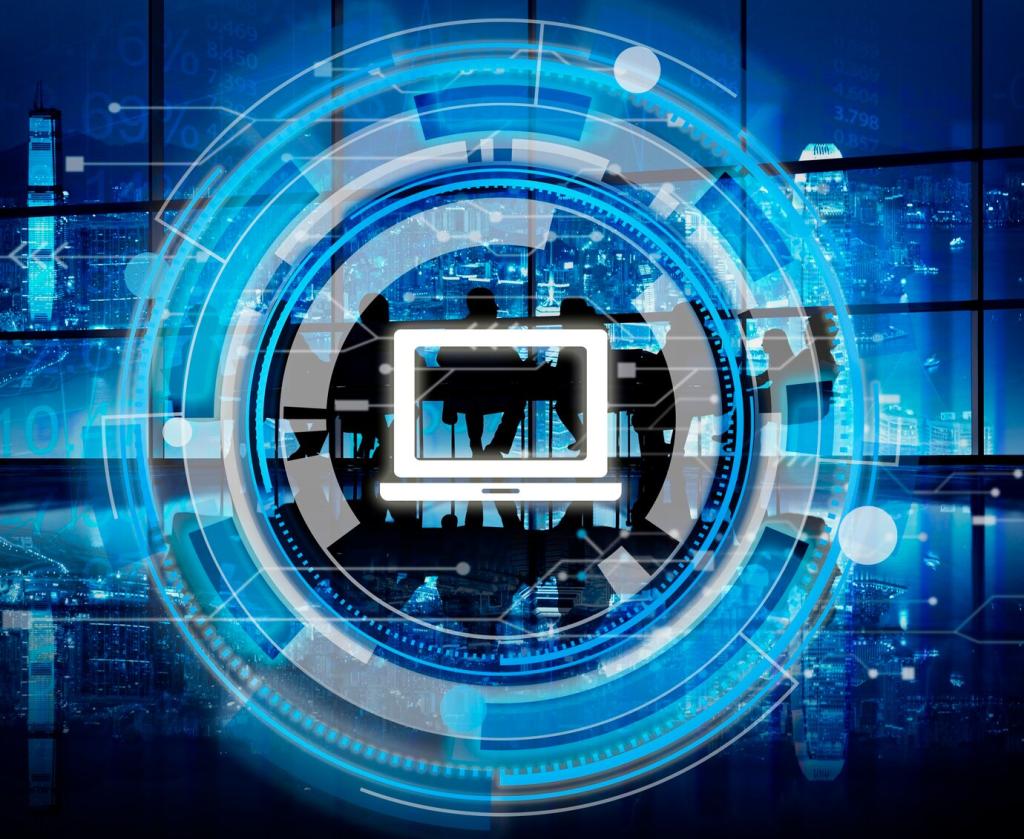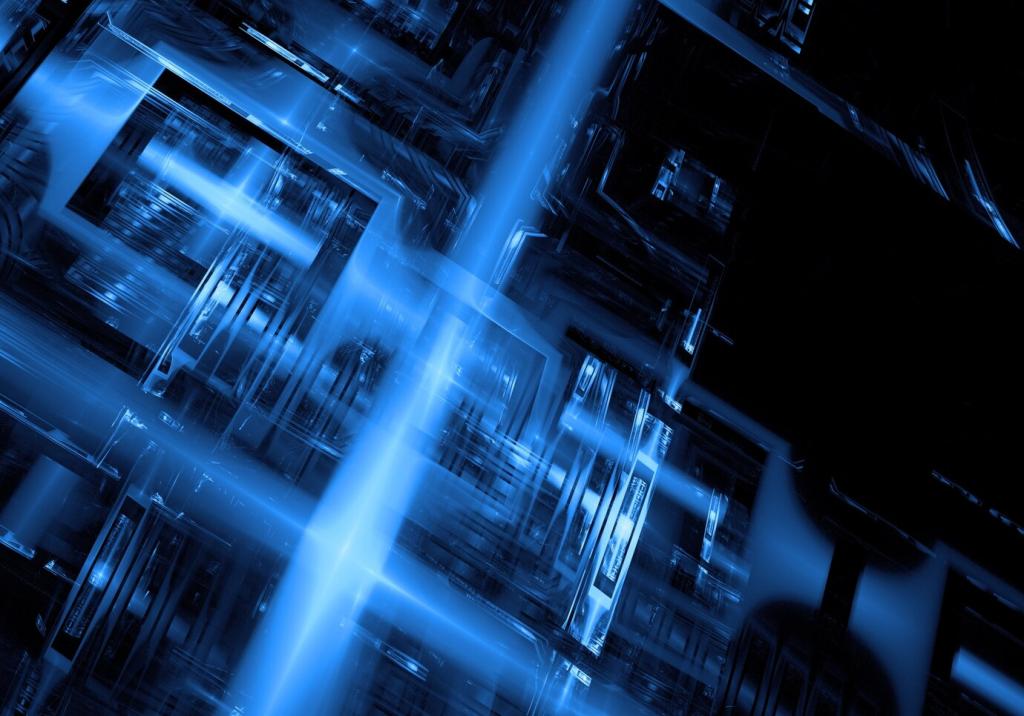The concept of a smart home has rapidly evolved from mere convenience to an essential part of modern living. Today, smart home innovations encompass devices and systems that not only simplify routines but also redefine safety, energy efficiency, and comfort. With the rise of interconnected technologies, smart homes are becoming more intuitive, adaptive, and responsive to the changing needs of individuals and families. This revolution is bringing a future that was once the domain of science fiction into the realities of our everyday lives, creating environments that learn from and adapt to us in remarkable ways.
Seamless Connectivity and Interoperability
Unified control platforms serve as the central command center for connected homes, bringing together a wide array of devices under a single user interface. These platforms simplify complex operations by allowing residents to monitor and control lighting, security, entertainment, and climate from one intuitive dashboard, whether on a smartphone or tablet. Increasingly, these systems are integrating with voice control and AI, making interactions even more natural. The push towards open standards and cross-device compatibility has made unified platforms more user-friendly, minimizing the learning curve and encouraging broader adoption.

Enhanced Home Security and Safety

Intelligent Surveillance Systems
Gone are the days when security cameras only recorded footage for later review. Intelligent surveillance systems now offer live monitoring, facial recognition, and behavioral analysis powered by AI. These systems can distinguish between family members, friends, and potential intruders, triggering customized alerts based on who is detected and their actions. Advanced video analytics can detect unusual activities like someone loitering near entryways or packages being delivered, reducing false alarms and ensuring timely intervention. Cloud integration means critical videos are safely stored and accessible from anywhere, reinforcing security while maintaining user privacy.

Smart Locks and Entry Management
Smart locks have transformed the traditional concept of door security, offering keyless convenience paired with enhanced control. Homeowners can grant or revoke digital access to guests, service providers, or family members directly from their smartphones, with detailed logs tracking every entry and exit. Some systems go further by integrating with geofencing, automatically locking doors as residents leave or unlocking them as they return home. Biometric readers, such as fingerprint and facial recognition, bolster security by ensuring that only authorized users can gain access, making lost keys and lockouts a relic of the past.

Integrated Safety Sensors
Safety in the smart home extends well beyond theft prevention. Integrated sensors for smoke, carbon monoxide, water leaks, and even air quality provide proactive warnings to avert disasters before they escalate. These sensors are interconnected, so a smoke detector can automatically shut off your HVAC system to prevent smoke circulation, or a water-leak detector can alert you immediately anywhere in the world. Notifications can be sent to your phone or designated emergency contacts, ensuring swift and informed action. This networked approach minimizes damage and keeps inhabitants safer, complementing traditional alarm systems with intelligent early intervention.

Adaptive Lighting Solutions
Adaptive lighting systems bring a new level of personalization to the home environment, dynamically adjusting brightness and color temperature based on the time of day, activity, or occupants’ preferences. These systems can simulate sunrise to ease waking, shift to cooler tones to promote focus during work hours, and move to warmer hues in the evening to encourage relaxation. With smart sensors and scheduling, lighting adjusts automatically, but it can also respond to voice or app-based commands for manual control. The result is a seamless blend of practicality and ambiance, enhancing comfort, improving sleep, and even supporting overall well-being.

Climate Control and Air Quality Management
Intelligent climate systems have moved far beyond programmable thermostats. With machine learning, smart thermostats study occupants’ schedules, seasonal changes, and household habits to optimize temperature settings throughout the day. Connected air quality monitors continuously assess humidity, particulate matter, and toxic gases, automating air purifiers and humidifiers for healthier interiors. These systems can link with weather forecasts, adjusting preemptively to heatwaves or cold snaps, all while maximizing comfort and minimizing energy waste. Effortless, adaptive, and energy-savvy climate control is now within everyone’s reach, providing an ideal atmosphere at all times.
